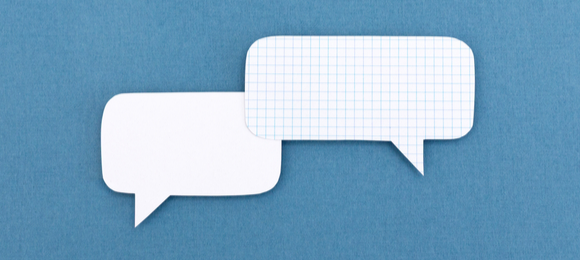Funny or Not, Speech Is Still Free
The joke is on you, because that’s how the First Amendment works.

By Katharine Kosin, Kirsti Kenneth and Pierce McManus, NewseumED
In September, comedian Shane Gillis was hired and then promptly fired by Saturday Night Live after his racist and homophobic comments from a year-old podcast came to light. Several comedians came to his defense, claiming that Gillis was a victim and that his firing exemplified an erosion of free speech in America. But does it?
A Sampling of Press Coverage
- Comedy heavyweights rail against 'cancel culture' in wake of 'SNL' cast member's abrupt firing, Fox News
- Shane Gillis’ ‘SNL’ firing has some comedians spooked. Others are unbothered, Chicago Tribune
- Shane Gillis and the Privilege of Comedy, The New York Times
Our Take
This latest comedy controversy highlights the tricky intersection between our fundamental freedoms and cultural trends; it also reveals the messy collisions that can take place between opposing viewpoints. And it illustrates commonly held misunderstandings about what is and is not considered protected speech under the First Amendment, which your students might also share.
While discussing controversies like this in your classroom, it is important that students understand that being fired from TV shows for speech is not a First Amendment issue. The First Amendment only protects people in the United States from government censorship. Private companies are not bound by its restrictions. Students should know the limitations of First Amendment protections as they participate in civic life.
Students should also understand that the First Amendment does not protect individuals from facing social repercussions for their offensive speech. If Gillis’s podcasts never saw the light of day, odds are that NBC wouldn’t have been in a position to fire him. Nonetheless, his comments were publicized and the sizable public outcry that followed — also protected by the First Amendment — undoubtedly influenced the network’s decision.
From our viewpoint, Gillis’s firing and the clashing opinions surrounding it does not mean that our right to free speech is in jeopardy. Founders included the First Amendment in the Constitution because they recognized the importance of a free flow of ideas and information to democratic government and of protecting the rights of people whose views might be unpopular. If the government were to determine which speech is too offensive to be allowed, that could put them on a slippery slope. Bans on offensive speech might morph into bans on any speech that makes government leaders look bad or comes from political enemies. The First Amendment and the breadth of its protections never changed for that very reason.
But public tastes have changed over the years. Popular comedic routines from decades past are considered objectionable by today’s standards. Today, comedians who make women, minorities or LGBTQ individuals the butt of their jokes can expect that at least some of their audience will object. This standard for “what’s acceptable” has evolved in large part from having more diverse voices involved in the conversation, with historically marginalized communities taking advantage of increased opportunities to exercise their First Amendment rights and pushing back against speech that denigrates them. The advent of the internet and social media has provided these previously underrepresented groups with new, open platforms to speak out, offer a new and different perspective and generate broader support.
We believe that debates like this one push us to revisit our understanding of free speech and look for ways to navigate a complex culture, full of differing viewpoints and experiences. Discussing hot button issues related to current events and controversies students care about can be an effective and engaging way for students to learn about the First Amendment and better appreciate its role in our society. Particularly when you use structured, specific scenarios, such as our critical debates. You can find more guidelines and suggestions for hosting discussions on controversial topics here.
If you wish for us to guide students through critical debates, we offer two virtual classes that focus on First Amendment limits: You Can’t Say That in School, which explores student rights in public schools, and You Can’t Say That, which examines your First Amendment rights in the wider world. For a shorter overview of student speech rights, we have our First Amendment and Tinker class.